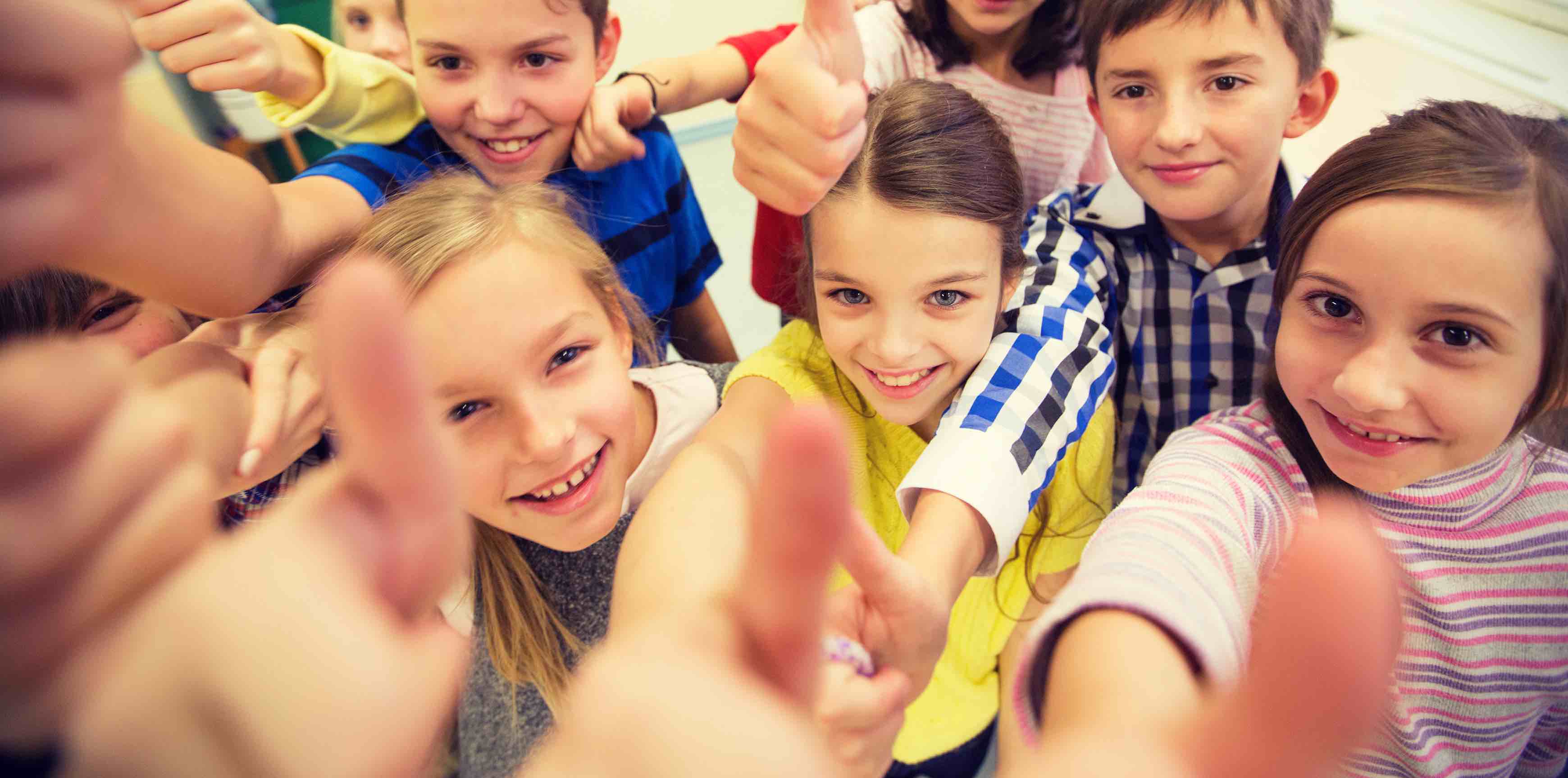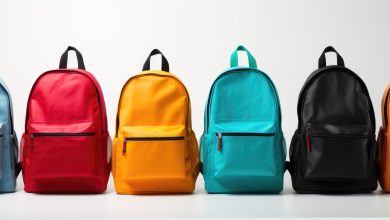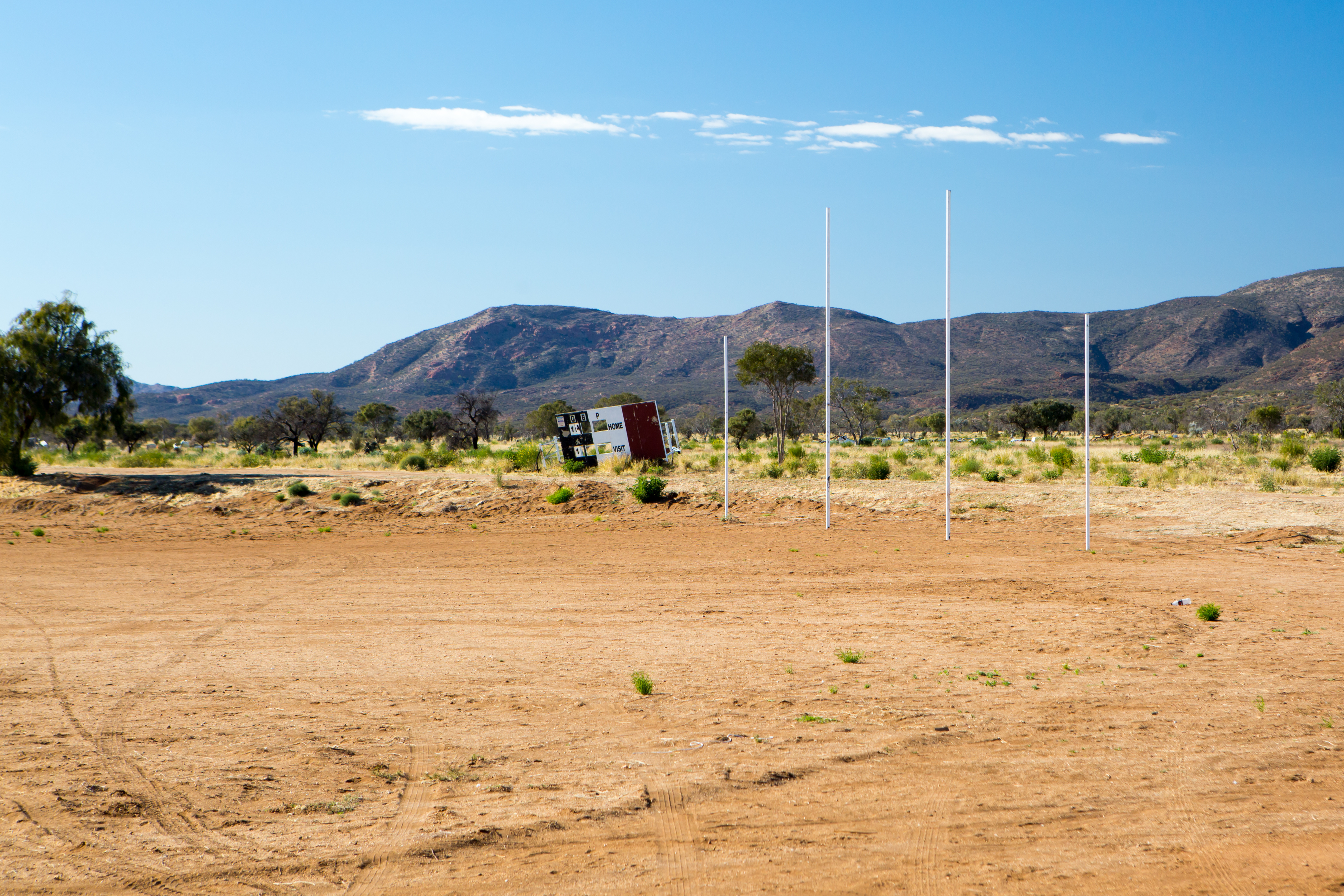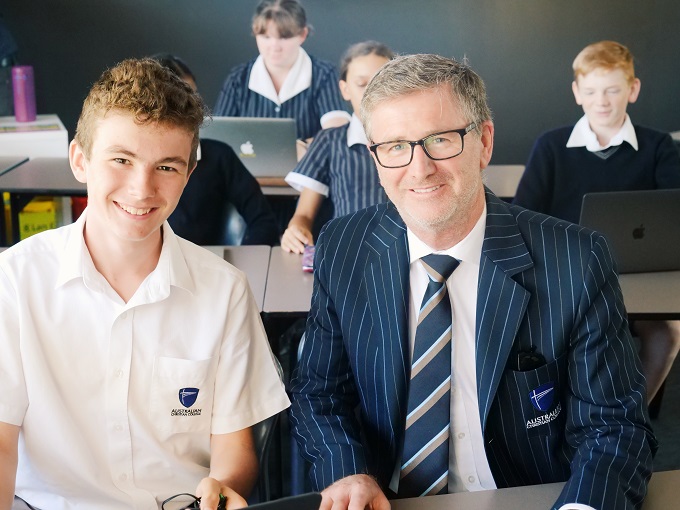
The education strategy is designed to create ‘Learning Without Barriers’ and improve educational outcomes for children in out-of-home care (OOHC) across Australia.
The strategy focuses on four key areas to increase early learning centre and school enrolments while maximizing attendance and wrapping support around families during the first 1000 days of a child’s development.
Read the Term 2 edition of School News HERE
Chief Executive of Life Without Barriers, Claire Robbs said children in OOHC experience greater disruptions and poorer educational outcomes than their peers who are not in care.
“As a major provider of out-of-home care services, Life Without Barriers has seen first-hand the disruptions children in care experience in their education,” Ms Robbs said.
“Nothing should prevent a child in care from accessing the same educational opportunities as their peers, however, NAPLAN results show that children in OOHC are at a disadvantage.”
NAPLAN results show 82 percent of students in out-of-home care in Year 3 meet the National Minimum Standard in reading, compared to 95 percent nationally (AIHW, 2015).
“Education is a pathway from disadvantage. Our education strategy is designed to support the children and young people in our care to reach their potential through access to learning pathways that are right for them,” Ms Robbs said.
“This is particularly important for Aboriginal and Torres Strait Islander children who are overrepresented (over 10 times than other children) in out-of-home care and thus more likely to have
poorer educational outcomes.”
The strategy will influence educations outcomes for children in OOHC by:
- Creating resources and opportunities that engage and inspire children and young people in
education and learning. - Supporting staff and carers to be a driving force in setting children and young people up for education and learning success.
- Ensuring children and young people are enrolled in early education and schools and providing support around their families to improve school attendance, put learning plans in place and provide school readiness assessments.
- Partnering with government, educators, academics, and our sector to accelerate the pace of change in educational outcomes for kids in care.
Life Without Barriers Executive Director of Education, Dale Murray said this strategy will help a
child’s direct care network, teachers, schools, and the broader education system better understand
the challenges children and young people in OOHC face and identify trends and needs to facilitate
better educational outcomes.
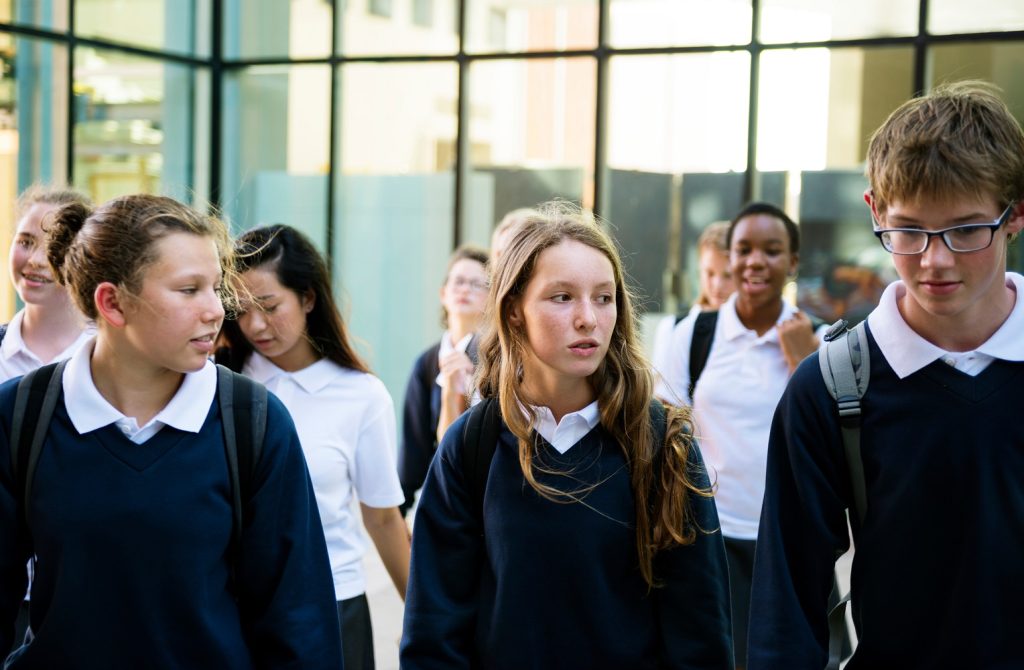
“Children receiving child protection services often have gaps in their access to school due to
changes in placements and experience trauma that can result in behavioural problems, higher
rates of truancy and poor school grades. The impact of this needs to be widely understood by our
education sector and our strategy is designed to increase this knowledge”, Mr Murray said.
The rate of young people leaving care (18-25) that completed school in 2020 is 57 percent (McDowall,
2020). In comparison, Australia’s 2020 Year 12 or equivalent (Cert III) attainment rate is 90 percent
(ABS, 2020).
“Education providers need to create learning environments for children and young people that offer
full inclusion with the learning environment and their peers.”

